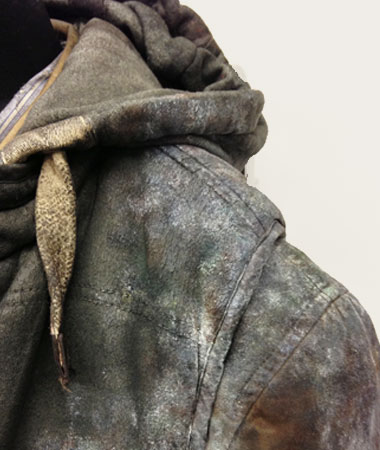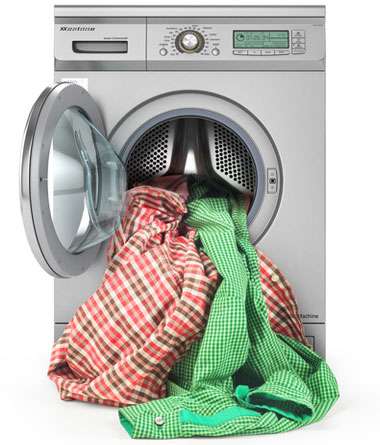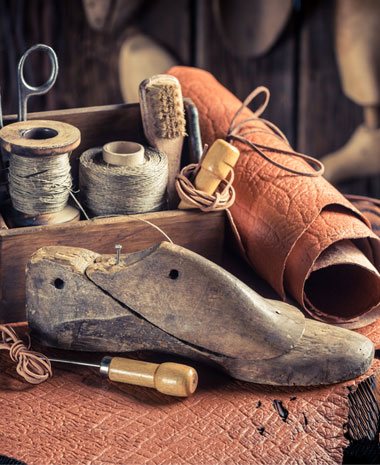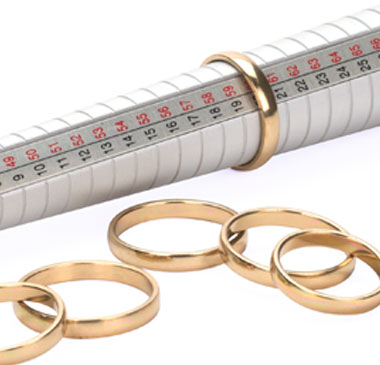PATIN-A Blog – Based on Experience
This blog shows how to patinate correctly, gives tips for the work in the costume department, shows the newest trends and introduces products and their use.
The main focus lies on costume distressing, leather working and textile dyeing. We show trends of the trade and aids for costume design.
Fiebing's Antique Finish, Hi-Liter or Antique Leather Stain?

What is the right finish for my embossing work?
Antique products do one common thing, they all color leathercrafter's project while giving a color contrast between the tooled portions and the rest of the project.
The first thing to consider when adding an antique effect is whether one should use Antique Finish, Hi-Liter or Acrylic Antique Leather Stain.
This usually depends on the type of project at hand:
Acrylic Antique Leather Stain is excellent for large projects. Because it is a liquid, it is easier to apply than Antique Finish, which is a paste.
This ease in application helps to control the amount of streaking that some people encounter with the paste.
The drawback to using the liquid stain is that the resulting color will not look as rich as the paste.
The disadvantage that comes with Antique Leather Stain compared to a finish is a less intensive colour and the Hi-Liter is only available in one colour tone (dark brown).
To achieve the best result when using Antique Finish, there are a few small tips that may help:
1. Prepare the leather ready to accept the Antique Finish by opening up the pores and grain of the leather. This can be done by lightly spraying the leather with water.
2. Cover the whole project with the Antique Finish in a circular motion with a dauber or a sponge. This will help minimize streaking.
3. If one does not want the entire project to be colored by the Antique Finish, one can seal off parts of the project with Acrylic Resolene. Acrylic Resolene can also be used to protect previously dyed areas.
4. Without allowing the finish to dry, work it into the cuts and grooves of the project.
5. After approximately 2-5 minutes wipe off the excess with a damp sponge. After waiting for close to a half-hour for the project to dry, buff the article for a semi-gloss shine.
Hint:
One trick that many experienced craftsmen use is to dilute Antique Finish with Tan-Kote.
Making a mixture of 20% Tan-Kote to 80% Antique Finish will prevent streaking and make it easier to buff,.
However the final outcome will have a slightly different look to it.
Much success patinating!
 We ship worldwide
We ship worldwide Top customer satisfaction!
Top customer satisfaction! Many payment options
Many payment options






